Key Takeaways:
| Step | What to Do | Why It Matters |
|---|---|---|
| 1 | Choose the best location for your tree | To ensure your tree gets enough sunlight, water, and space to grow |
| 2 | Dig a wide and shallow hole for your tree | To allow the roots to spread easily and anchor the tree firmly |
| 3 | Prepare the soil and the tree for planting | To improve the soil quality and the tree health |
| 4 | Place the tree in the hole and fill it with soil | To position the tree correctly and avoid air pockets or root damage |
| 5 | Add mulch, water, and stake your tree | To protect the tree from weeds, drought, and wind |
Introduction
Do you want to add some beauty and life to your yard? Do you want to enjoy the shade, fruits, and flowers of a tree? Do you want to support the environment and reduce your carbon footprint?
If you answered yes to any of these questions, then you might be interested in learning how to dig a hole for a tree.
Planting a tree is not as simple as digging a hole and dropping a seedling in it. There are many factors to consider, such as the location, the size, the type, and the season of planting. If you want your tree to thrive and grow well, you need to follow some steps and tips that will help you dig a hole for a tree properly and efficiently.
In this article, we will guide you through the process of digging a hole for a tree, from choosing the best site to adding mulch and water. We will also provide you with some examples of different types of trees and where they do best. By following this ultimate guide, you will be able to plant a tree that will beautify your yard and benefit the environment for years to come.
How to Choose the Best Location for Your Tree
The first step in digging a hole for a tree is choosing the best location for your tree. This is important because different trees have different needs and preferences when it comes to sunlight, soil, drainage, space, and aesthetics.
Here are some things to consider when choosing a location for your tree:
- Sunlight: Some trees need full sun, while others prefer partial shade or full shade. Check the label or description of your tree to see how much sun it needs. Generally, fruit trees, flowering trees, and evergreen trees need more sun than shade trees or understory trees.
- Soil: Some trees can tolerate poor or rocky soil, while others need rich or loamy soil. Check the pH level and texture of your soil to see if it matches your tree’s requirements. Generally, acidic soil is good for conifers, azaleas, rhododendrons, and blueberries. Alkaline soil is good for maples, birches, ashes, and lilacs. Loamy soil is good for most trees.
- Drainage: Some trees can handle wet or boggy soil, while others need well-drained or dry soil. Check how fast or slow your soil drains water to see if it suits your tree’s needs. Generally, willows, bald cypresses, river birches, and swamp maples can grow in wet soil. Pines, junipers, oaks, and cedars can grow in dry soil.
- Space: Some trees grow tall and wide, while others stay small and compact. Check how much space your tree will need at maturity to see if it fits your yard’s size. Generally, large trees need at least 20 feet of clearance from buildings, power lines, sidewalks, or other structures. Small trees need at least 10 feet of clearance.
- Aesthetics: Some trees have colorful foliage, flowers, or fruits that add visual interest to your yard. Others have unique shapes or forms that create focal points or accents. Check how your tree will look throughout the seasons to see if it matches your yard’s style. Generally, deciduous trees change colors in fall and lose their leaves in winter. Evergreen trees keep their needles or leaves all year round.
Here are some examples of different types of trees and where they thrive best:
| Type of Tree | Example | Sunlight | Soil | Drainage | Space | Aesthetics |
|---|---|---|---|---|---|---|
| Fruit Tree | Apple | Full sun | Rich loam | Well-drained | 15-25 feet | White or pink flowers in spring; red or green fruits in summer or fall |
| Flowering Tree | Cherry | Full sun to partial shade | Loam to clay loam | Well-drained | 15-25 feet | Pink or white flowers in spring; red or purple leaves in fall |
| Shade Tree | Maple | Full sun to partial shade | Loam to clay | Well-drained to moist | 25-50 feet | Green leaves in summer; red, orange, or yellow leaves in fall |
| Understory Tree | Dogwood | Partial shade to full shade | Loam to clay loam | Well-drained to moist | 15-25 feet | White or pink flowers in spring; red berries and purple leaves in fall |
| Evergreen Tree | Pine | Full sun | Sandy loam to clay | Well-drained to dry | 25-50 feet | Green needles and cones all year round |
Some common mistakes to avoid when choosing a location for your tree are:
- Planting a tree too close to your house, fence, or other structures that could damage its roots or branches
- Planting a tree under power lines or over underground utilities that could pose a hazard or limit its growth
- Planting a tree in a spot that gets too much or too little sun, water, or wind for its type
- Planting a tree in a spot that clashes with your yard’s design or theme
How to Dig a Wide and Shallow Hole for Your Tree
The second step in digging a hole for a tree is digging a wide and shallow hole for your tree. This is important because it allows the roots to spread easily and anchor the tree firmly in the ground.
Here are some things to do when digging a hole for your tree:
- Measure the width and depth of the hole: The width of the hole should be about 2-3 times the width of the root ball of your tree. The depth of the hole should be slightly less than the height of the root ball. You can use a tape measure or a stick to measure these dimensions. You can also use a string or a hose to mark the outline of the hole on the ground.
- Use a shovel or a spade to dig the hole: Start from the center of the hole and work your way outwards. Use a sharp and sturdy shovel or spade to cut through the soil and grass. You can also use a mattock or a pickaxe to break up hard or rocky soil. Be careful not to injure yourself or damage any underground utilities while digging.
- Pile up the soil on a tarp or a wheelbarrow: As you dig, pile up the soil on a tarp or a wheelbarrow nearby. You will need this soil later to fill in the hole around your tree. You can also use this soil to create a berm or a mound around your tree to help retain water.
Here are some tips on how to dig a hole for your tree efficiently and safely:
- Dig when the soil is moist but not wet: The best time to dig is after a rain or after watering your yard. This will make the soil easier to dig and less likely to crumble or compact. Avoid digging when the soil is too wet or too dry, as this will make it harder to dig and more prone to erosion or cracking.
- Dig in sections: If you are planting a large tree or digging a large hole, you may want to dig in sections rather than all at once. This will make it easier to handle the soil and prevent it from drying out or losing nutrients. You can also take breaks between sections to rest and hydrate yourself.
- Dig at an angle: If you are planting on a slope or a hill, you may want to dig at an angle rather than straight down. This will help level the hole and prevent water from pooling or draining away from your tree. You can also use some rocks or bricks to create a terrace or a wall around your hole to stabilize it.
How to Prepare the Soil and the Tree for Planting
The third step in digging a hole for a tree is preparing the soil and the tree for planting. This is important because it improves the soil quality and the tree health.
Here are some things to do when preparing the soil and the tree for planting:
- Loosen the soil around the hole: Use a fork or a rake to loosen the soil around the edges and bottom of the hole. This will help aerate the soil and improve its drainage and fertility. You can also mix in some organic matter or fertilizer into the soil to enrich it with nutrients and microorganisms.
- Remove the tree from its container or wrapping: Carefully remove the tree from its pot, burlap, wire basket, or other container or wrapping that it came in. Be gentle not to damage its roots or branches while doing so. You can also cut off any strings, tags, labels, or stakes that are attached to your tree.
- Loosen its roots gently: Use your fingers or a knife to loosen and untangle its roots gently. This will help them spread out and grow into their new home. You can also prune off any dead, diseased, or circling roots that could harm your tree.
Here are some signs of healthy and unhealthy roots and how to deal with them:
| Healthy Roots | Unhealthy Roots | What to Do |
|---|---|---|
| White, firm, moist, and fibrous | Black, mushy, dry, or brittle | Prune off |
| Spread out evenly | Wrapped around themselves or the container | Loosen and untangle |
| Grow in different directions | Grow in one direction | Redirect |
How to Place the Tree in the Hole and Fill It with Soil
The fourth step in digging a hole for a tree is placing the tree in the hole and filling it with soil. This is important because it positions the tree correctly and avoids air pockets or root damage.
Here are some things to do when placing the tree in the hole and filling it with soil:
- Position the tree in the hole: Carefully lower the tree into the hole and make sure it is straight and level. You can use a level or a plumb line to check this. You can also ask someone to help you hold the tree while you adjust its position. The top of the root ball should be slightly above the ground level, about 1-2 inches higher than the surrounding soil.
- Fill the hole with soil: Use your hands or a shovel to fill in the hole with the original soil that you dug out earlier. You can also add some organic matter or fertilizer if you want to improve the soil quality. Do not use any soil that is different from your native soil, as this could create a barrier for water and air movement. Fill in the hole gradually, tamping down the soil firmly as you go. Do not pack the soil too tightly, as this could prevent drainage and root growth.
Here are some dos and don’ts of placing the tree in the hole and filling it with soil:
- Do: Make sure the tree is straight and level
- Don’t: Tilt or twist the tree
- Do: Make sure the root ball is slightly above the ground level
- Don’t: Bury the trunk or expose the roots
- Do: Fill in the hole with the original soil
- Don’t: Use different or foreign soil
- Do: Tamp down the soil firmly
- Don’t: Pack the soil too tightly
How to Add Mulch, Water, and Stake Your Tree
The fifth and final step in digging a hole for a tree is adding mulch, water, and stake your tree. This is important because it protects the tree from weeds, drought, and wind.
Here are some things to do when adding mulch, water, and stake your tree:
- Apply mulch around the base of your tree: Use a rake or a shovel to spread a layer of mulch around your tree, covering an area about 2-3 times the width of your hole. You can use any organic material as mulch, such as wood chips, bark, straw, leaves, or grass clippings. The thickness of your mulch layer should be about 2-4 inches. Mulch helps conserve moisture, prevent weeds, moderate temperature, and add nutrients to your soil.
- Water your tree well: Use a hose or a watering can to water your tree thoroughly after planting. You should water your tree until you see water coming out of the drainage holes at the bottom of your hole. Watering helps settle the soil, eliminate air pockets, and hydrate your roots. You should water your tree regularly for the first year after planting, especially during dry or hot periods. The amount and frequency of watering depends on your tree type, size, and location.
- Stake your tree if necessary: Use a stake or a pole to support your tree if it is tall, thin, or unstable. You should drive the stake into the ground about 18 inches deep and about 2 feet away from your trunk. You should attach the stake to your trunk using a flexible material such as a rope, a wire, or a cloth. You should leave some slack in your attachment to allow some movement and growth. Staking helps keep your tree upright and prevent wind damage. You should remove your stake after one or two years when your tree is established.
Here are some examples of different types of mulch, water, and stake that you can use for your tree:
| Type of Mulch | Example | Benefits | Drawbacks |
|---|---|---|---|
| Wood Chips | Pine bark | Long-lasting; attractive; acidic | May attract termites; may deplete nitrogen |
| Straw | Wheat straw | Cheap; easy; biodegradable | May contain weed seeds; may catch fire |
| Leaves | Oak leaves | Free; abundant; nutritious | May mat down; may blow away |
| Grass Clippings | Lawn clippings | Readily available; high in nitrogen | May smell; may heat up |
| Type of Water | Example | Benefits | Drawbacks |
|---|---|---|---|
| Hose | Garden hose | Convenient; adjustable; easy | May waste water; may erode soil |
| Watering Can | Plastic can | Portable; precise; gentle | May be tiring; may be slow |
| Drip Irrigation | Soaker hose | Efficient; consistent; automated | May be expensive; may be complex |
| Rain Barrel | Wooden barrel | Free; eco-friendly; natural | May be limited; may be dirty |
| Type of Stake | Example | Benefits | Drawbacks |
|---|---|---|---|
| Wood | Bamboo pole | Cheap; sturdy; natural | May rot; may splinter; may bend |
| Metal | Steel rod | Durable; strong; straight | May rust; may injure; may conduct |
| Plastic | PVC pipe | Lightweight; flexible; smooth | May break; may fade; may pollute |
| Fiberglass | Fiberglass rod | Resistant; rigid; safe | May be costly; may be scarce |
Conclusion
Congratulations! You have successfully dug a hole for a tree and planted it in your yard. You have learned how to choose the best location, dig a wide and shallow hole, prepare the soil and the tree, place the tree and fill it with soil, and add mulch, water, and stake your tree. By following these steps and tips, you have ensured that your tree will grow well and thrive in its new home.
Planting a tree is not only a rewarding and enjoyable activity, but also a beneficial and responsible one. By planting a tree, you are adding beauty and life to your yard, creating shade and shelter for yourself and other creatures, producing oxygen and reducing carbon dioxide, and supporting the environment and the ecosystem.
We hope this article has helped you learn how to dig a hole for a tree. If you have any questions or comments, please feel free to share them with us. We would love to hear from you and see your photos of your newly planted tree.
Happy planting!
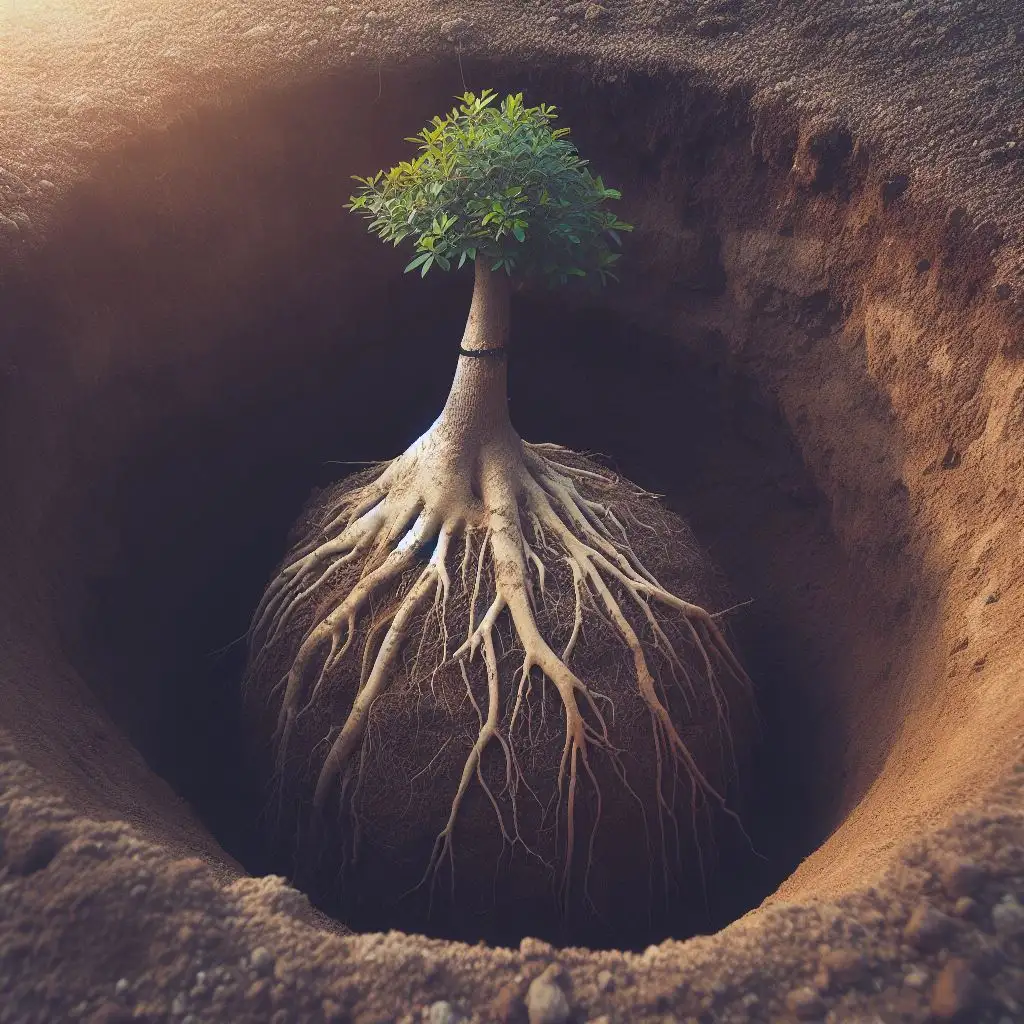
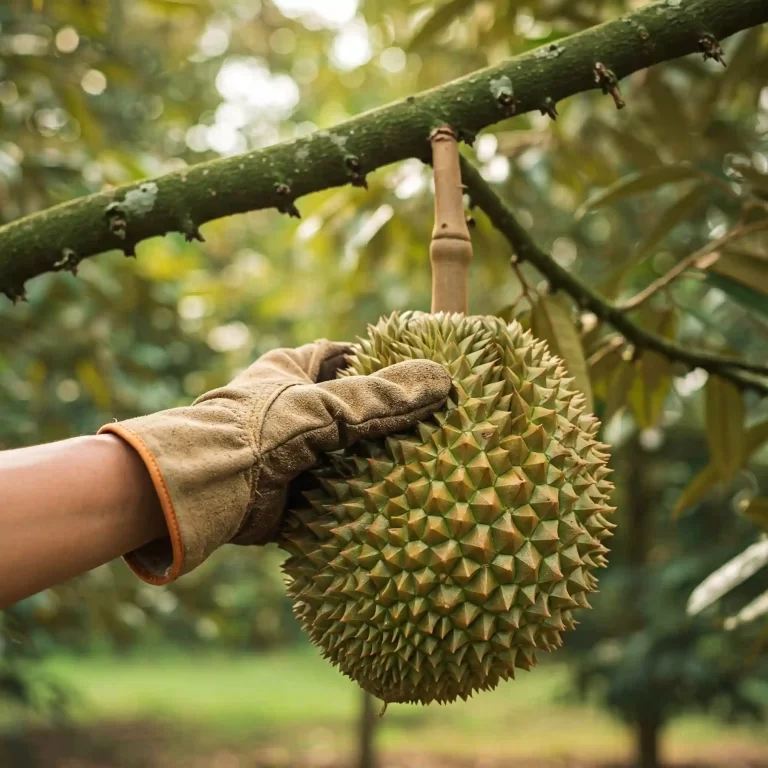
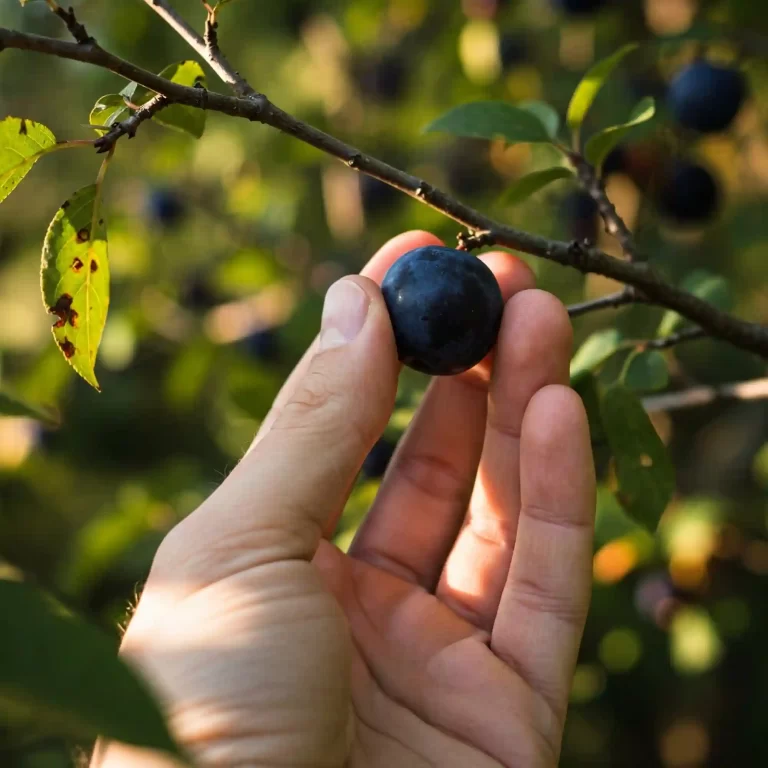
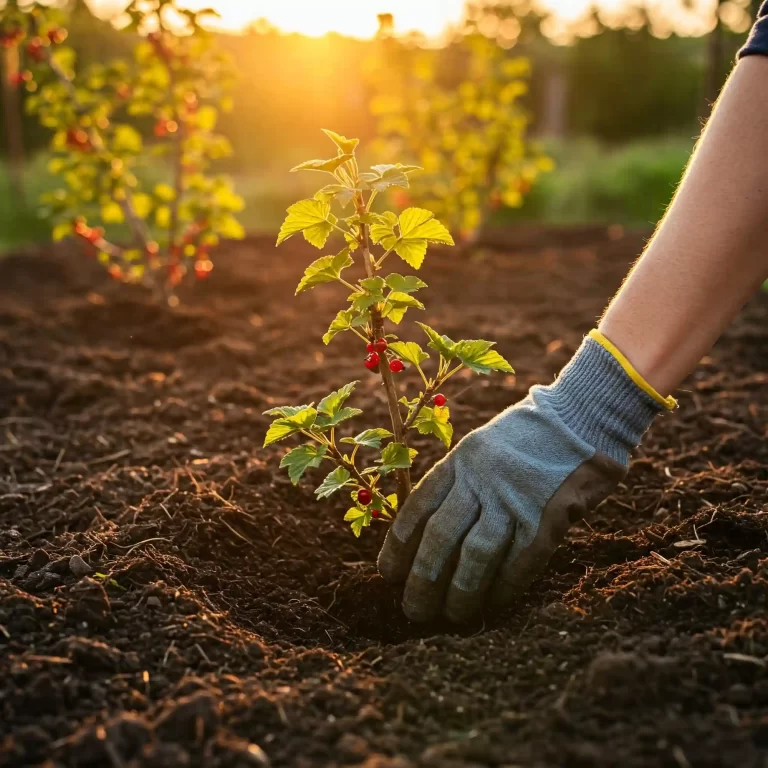
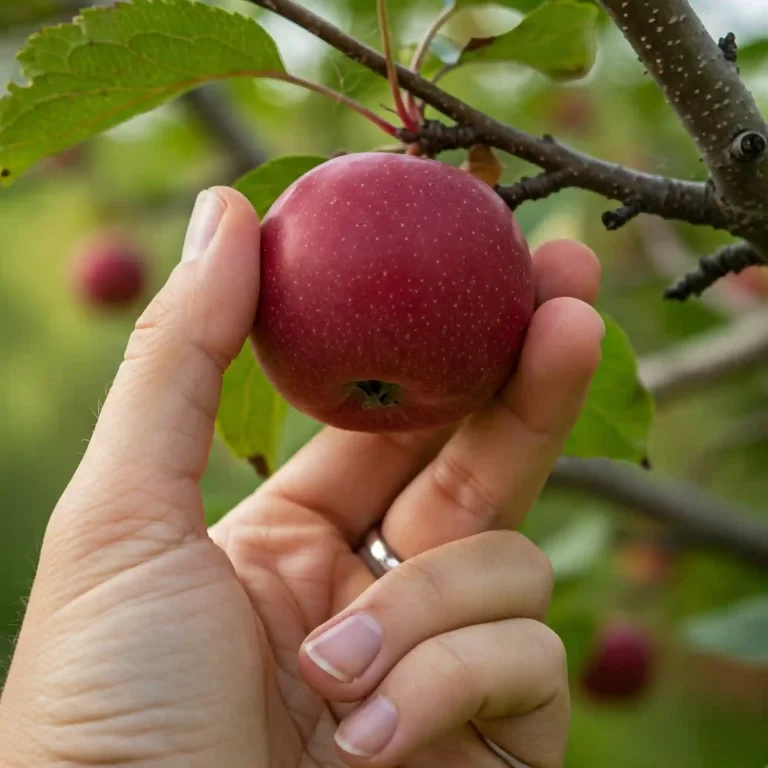
[…] The best way to plant bushes is to dig a hole, remove the container or wrapping, tease out the roots, place the bush in the hole, fill with soil, […]
[…] to check the native soil of your site, choose a healthy tree that is suitable for the soil type, dig a hole that is twice as wide and deep as the root ball, fill the hole with a mixture of native soil and […]
[…] Measuring: You need to measure the size of your tree’s root ball and mark a circle on the ground that is twice as wide as the root ball. This will be the area where you will dig the hole for your treehttps://growit.wiki/planting-root-balls/https://growit.wiki/planting-root-balls/https://growit.wiki/planting-root-balls/. […]